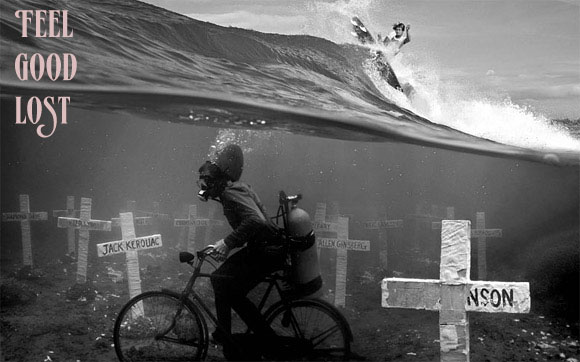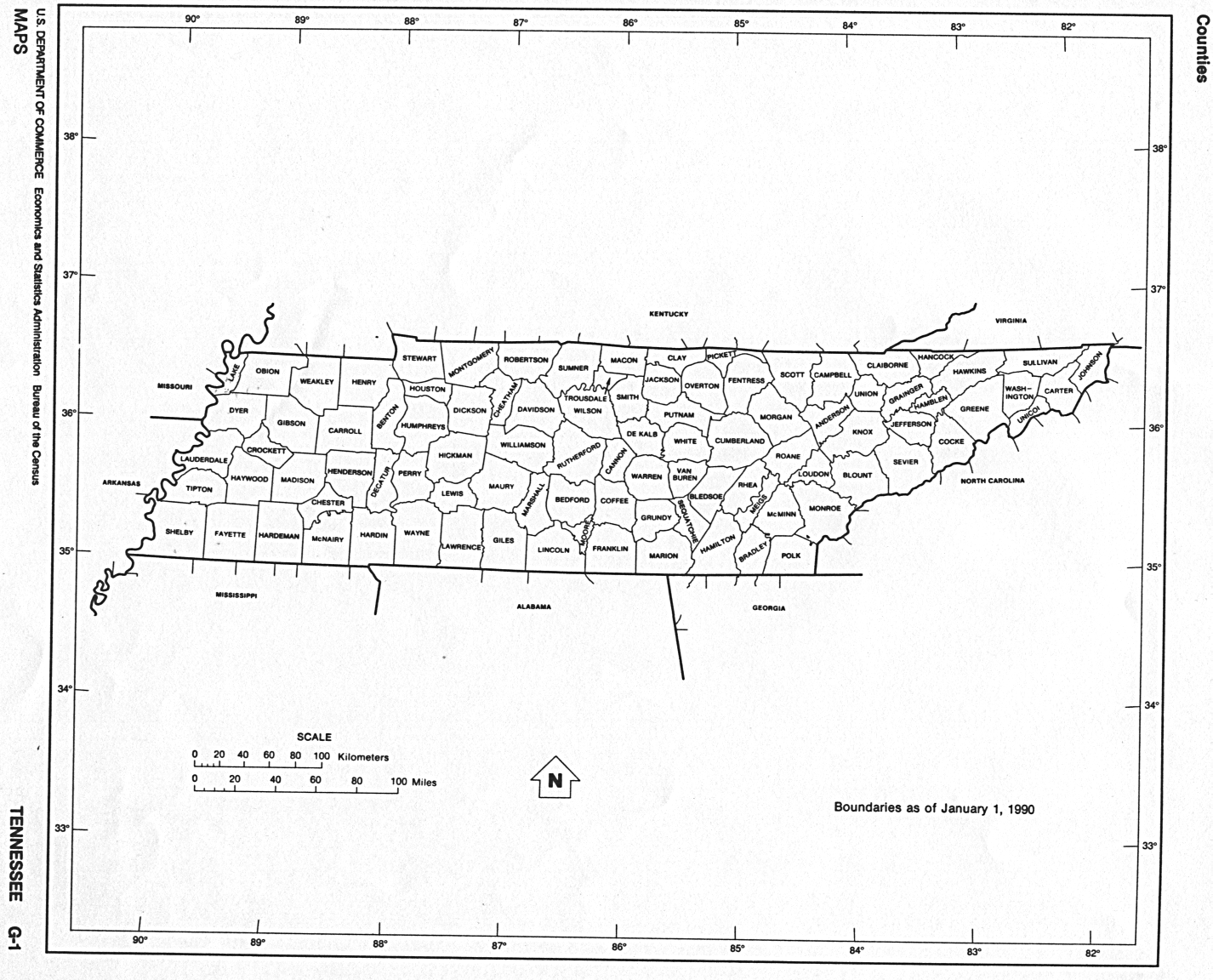+
I can't ever get enough.
By way of illustration, let’s slow things way down. Imagine that you, a tennis player, are standing just behind your deuce corner’s baseline. A ball is served to your forehand — you pivot (or rotate) so that your side is to the ball’s incoming path and start to take your racket back for the forehand return. Keep visualizing up to where you’re about halfway into the stroke’s forward motion; the incoming ball is now just off your front hip, maybe six inches from point of impact. Consider some of the variables involved here. On the vertical plane, angling your racket face just a couple degrees forward or back will create topspin or slice, respectively; keeping it perpendicular will produce a flat, spinless drive. Horizontally, adjusting the racket face ever so slightly to the left or right, and hitting the ball maybe a millisecond early or late, will result in a cross-court versus down-the-line return. Further slight changes in the curves of your groundstroke’s motion and follow-through will help determine how high your return passes over the net, which, together with the speed at which you’re swinging (along with certain characteristics of the spin you impart), will affect how deep or shallow in the opponent’s court your return lands, how high it bounces, etc. These are just the broadest distinctions, of course — like, there’s heavy topspin vs. light topspin, or sharply cross-court vs. only slightly cross-court, etc. There are also the issues of how close you’re allowing the ball to get to your body, what grip you’re using, the extent to which your knees are bent and/or weight’s moving forward, and whether you’re able simultaneously to watch the ball and to see what your opponent’s doing after he serves. These all matter, too. Plus there’s the fact that you’re not putting a static object into motion here but rather reversing the flight and (to a varying extent) spin of a projectile coming toward you — coming, in the case of pro tennis, at speeds that make conscious thought impossible. Mario Ancic’s first serve, for instance, often comes in around 130 m.p.h. Since it’s 78 feet from Ancic’s baseline to yours, that means it takes 0.41 seconds for his serve to reach you. This is less than the time it takes to blink quickly, twice.
-David Foster Wallace (Roger Federer As Religous Experience | Continue)





















No comments:
Post a Comment